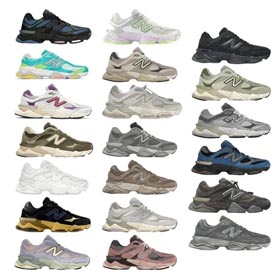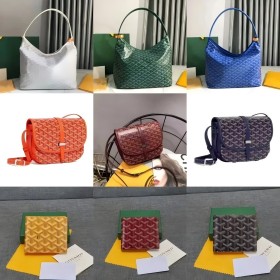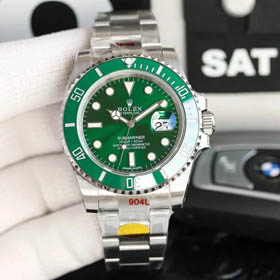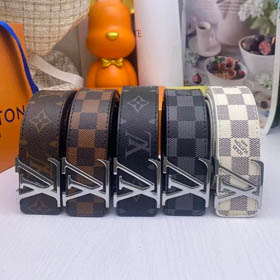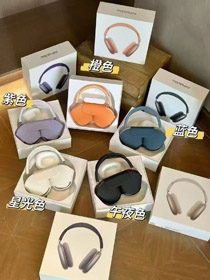In the complex world of luxury brokering, quality assurance is paramount. Superbuy
The Closed-Loop System: Superbuy QC & Superbuy Review Integration
The process begins the moment a purchased item arrives at the Superbuy warehouse for inspection. QC specialists conduct their standardized checks, but the innovation lies in what happens after the user receives their item. The subsequent user-authored Superbuy review
The real power of the Superbuy spreadsheet lies in its rule-based automation. Here's a concrete example of the system in action: This dynamic adjustment happens without human intervention, ensuring a swift, unbiased, and precise response to emerging quality trends. Beyond binary triggers, the spreadsheet utilizes advanced text analysis to cultivate a culture of continuous improvement. It aggregates and analyzes the language used across thousands of reviews to generate a living "Improvement Directive Checklist" for vendors. For instance, frequent customer complaints about "uneven stitching" are mapped directly to a technical requirement for "increased sewing precision inspection" during QC. This checklist becomes a non-negotiable part of the quality audit for that supplier, ensuring their production flaws are specifically targeted and monitored. The integration doesn't stop at inspection rules. The Superbuy spreadsheet is intrinsically linked to warehouse return and exchange data. By calculating a real-time defect rate for every batch and supplier, the system enforces strict accountability. Suppliers who fail to meet quality benchmarks face escalating consequences. A critical automation rule is enacted when a supplier's goods fail QC for three consecutive batches. At this point, the system automatically flags the vendor and temporarily suspends the合作关系 (partnership), preventing further orders until a full investigation and corrective action plan is submitted and approved.Automated Rule Activation: From Keyword to Action
Generating Improvement Checklists from Customer Language
Data-Driven Vendor Management: Eliminating Chronic Underperformers
Quantifiable Impact: A 42% Reduction in Returns
This holistic, responsive approach to quality management, powered by the seamless integration between the Superbuy review platform and the automated Superbuy spreadsheet, yields significant results. By proactively identifying and addressing quality infringements at the source—before items are even shipped to the end customer—platforms like those offered at Superbuy.run42% reduction in product return rates. This not only enhances customer trust and satisfaction but also drastically reduces operational costs associated with reverse logistics, establishing a new gold standard for quality assurance in global luxury brokering.



